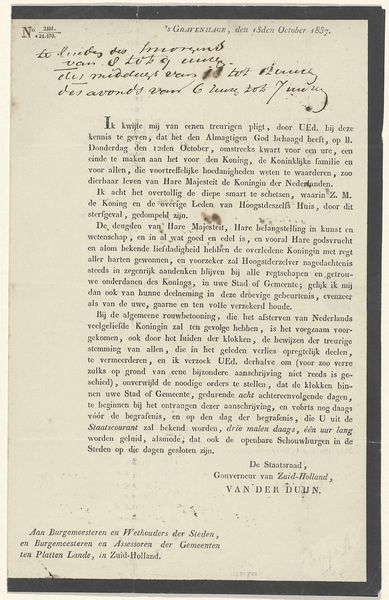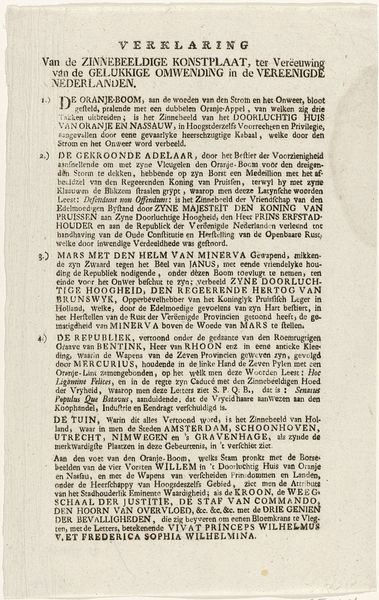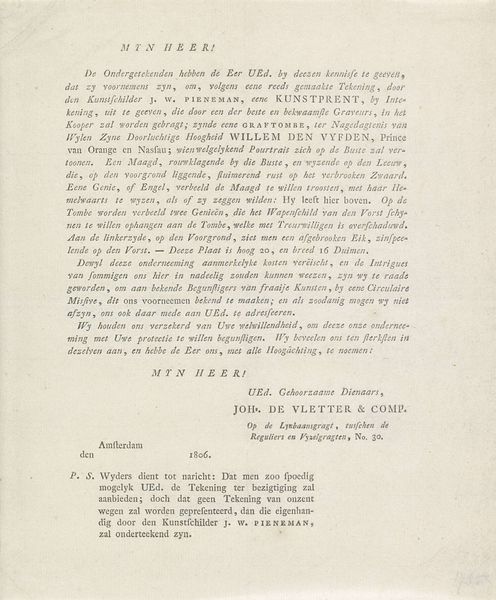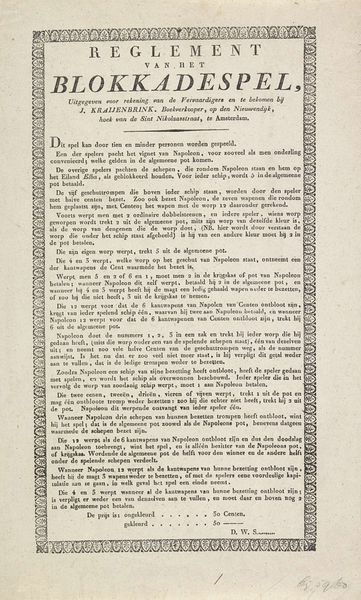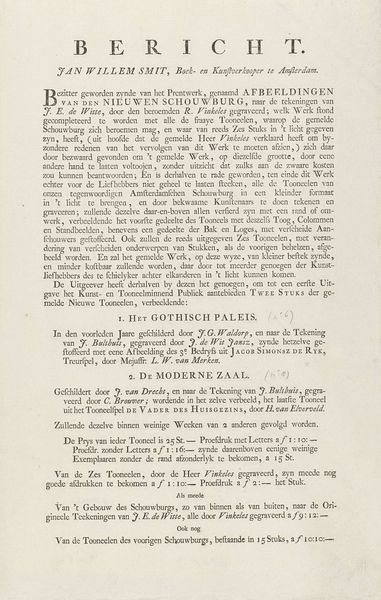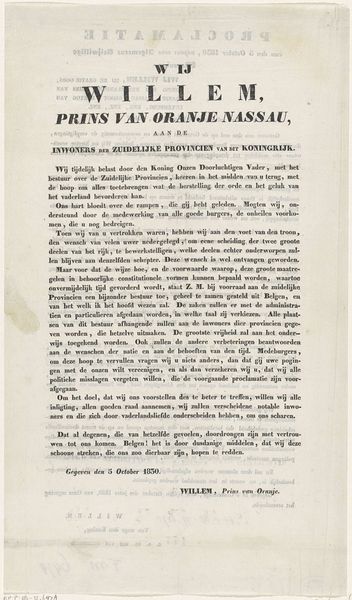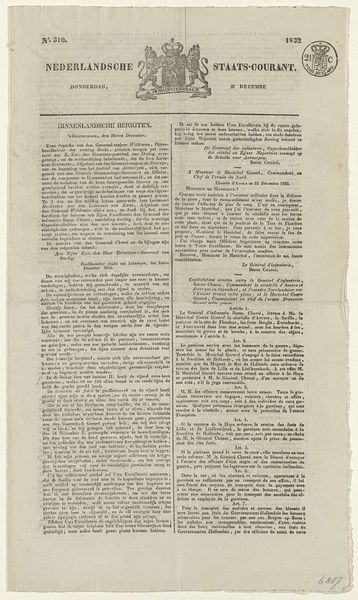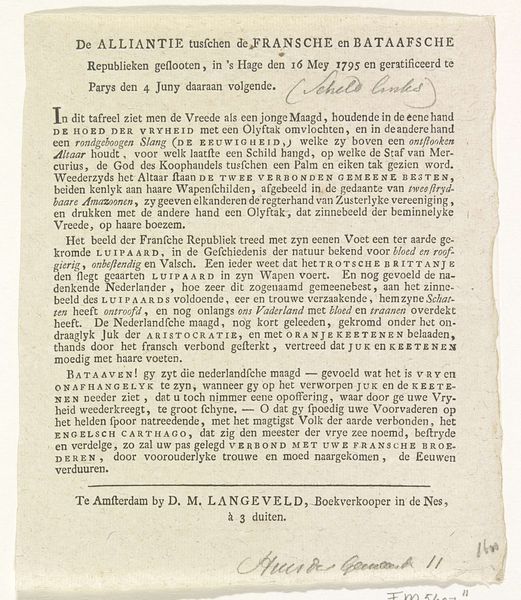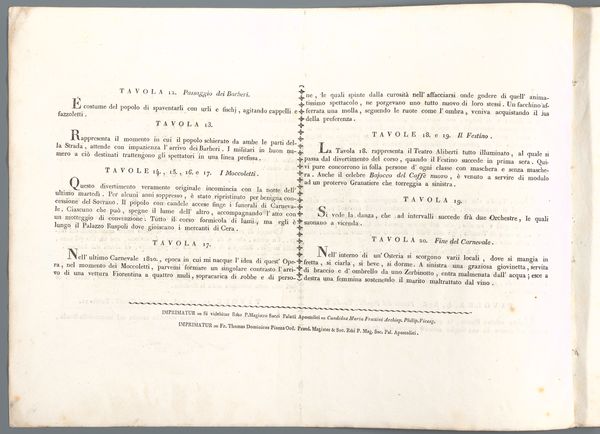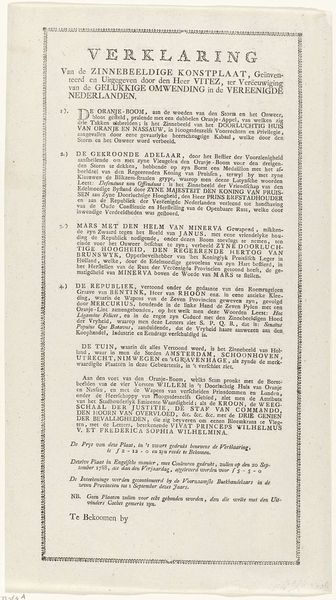
print, paper, typography
#
neoclacissism
# print
#
paper
#
typography
Dimensions: height 333 mm, width 209 mm
Copyright: Rijks Museum: Open Domain
Curator: What strikes me immediately about this printed document is its sheer legibility; the crisp typography and ordered layout are quite appealing. Editor: Absolutely, it’s very easy on the eye, although to a modern sensibility perhaps rather formal and austere. We’re looking at "Reglement van het Genootschap Pro Patria, 1787," essentially the rules of engagement for a late 18th-century civic militia or shooting club. It was printed anonymously in 1787 on paper using typography. Curator: That date places it squarely in the Neoclassical period, which is clear from the focus on order and civic virtue, embodied in the name “Pro Patria.” How would one become a member of this society? Editor: If you could read it and pay a fee. According to Article 2, the prospective members had to be sons between ten and sixteen years of age and have an iron weapon and bayonet. More than just having tools of destruction, members of this Pro Patria shooting club or a similar armed civic group often became more conscious of their political and economic circumstances by gathering together. This can in turn fuel popular uprisings or be appropriated by other forms of grassroots organization. Curator: You've gone immediately to the socio-political element, while I am interested in how the very material qualities serve an ideological end here. For instance, the use of a printed broadside made this information reproducible and easily accessible to a certain segment of the population. How this document becomes a means for disseminating ideology— that’s more compelling than what it literally says. Editor: True, its reproducibility speaks to a desire for broader participation, even though restricted by age, class, and gender. These pages suggest something revolutionary afoot, perhaps pre-echoing modern revolutions soon to sweep across the Western world. The document offered access, power, or a sense of purpose, yet was obviously still not completely inclusive. Curator: For me, engaging with these documents requires envisioning its creation— the process of typesetting, the printing press, the paper itself— to truly grasp its significance. Editor: And I find myself most affected by what such ephemera—these traces— hint at: the seeds of societal shift. Both views are valid paths, I would argue.
Comments
No comments
Be the first to comment and join the conversation on the ultimate creative platform.
